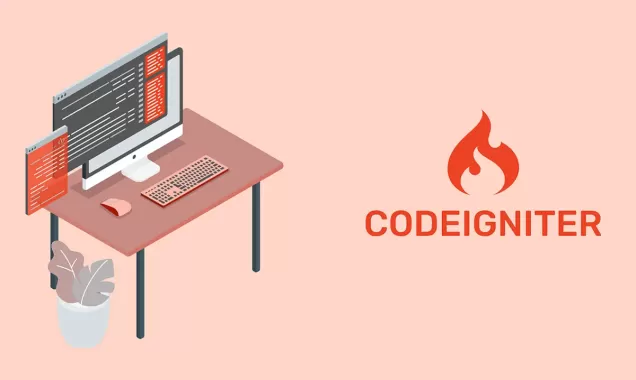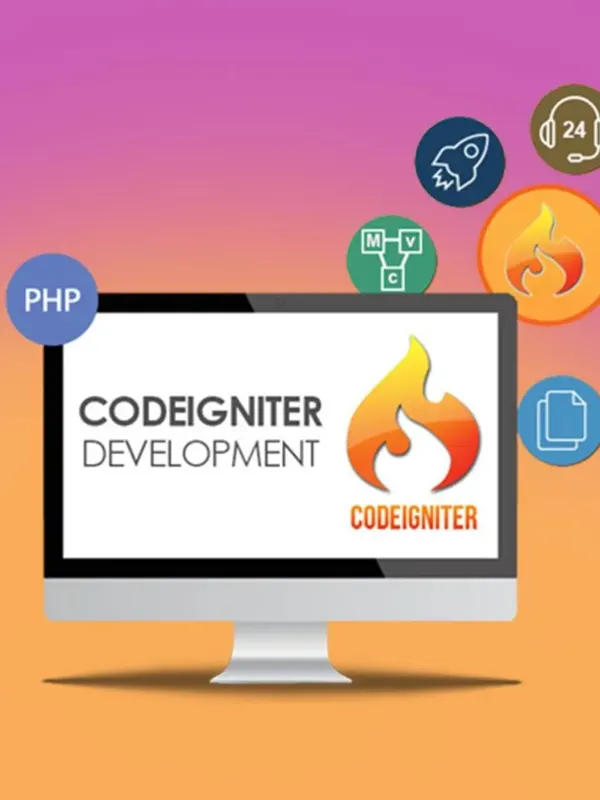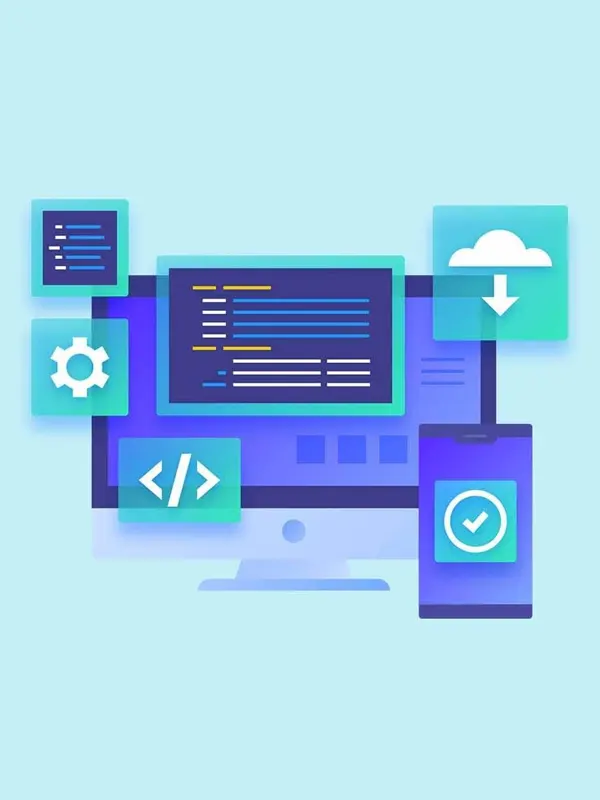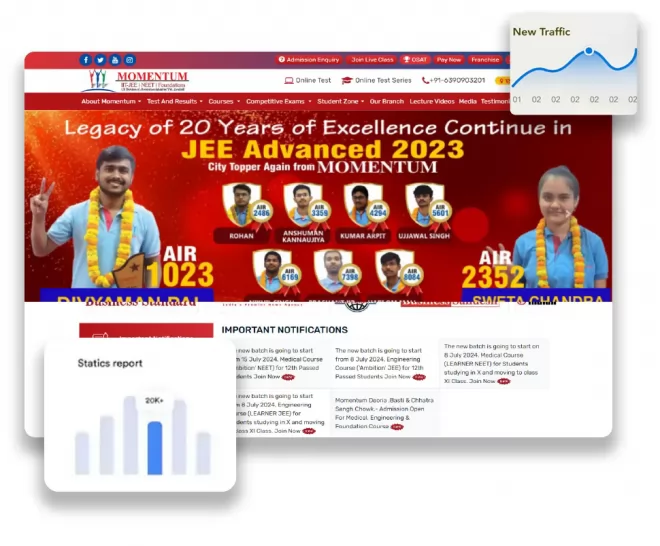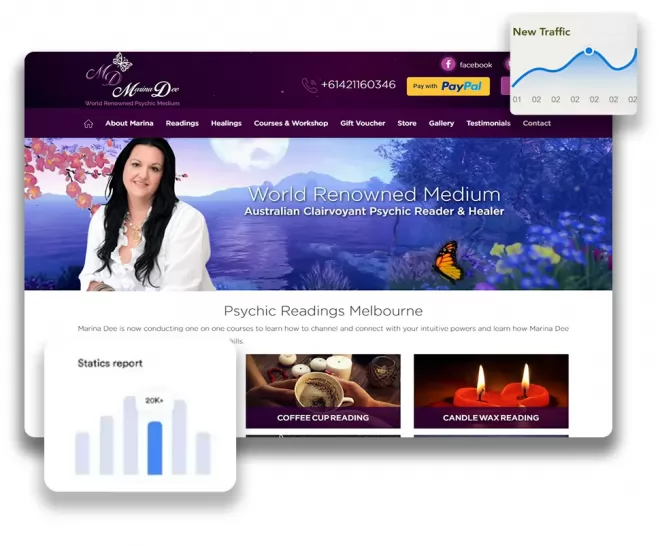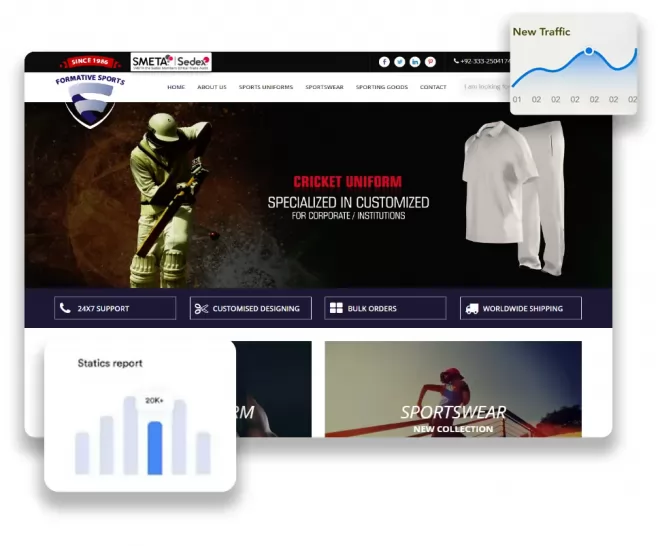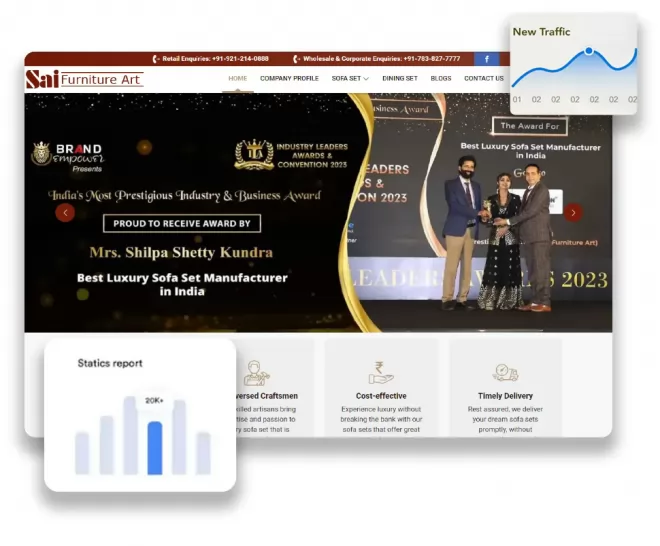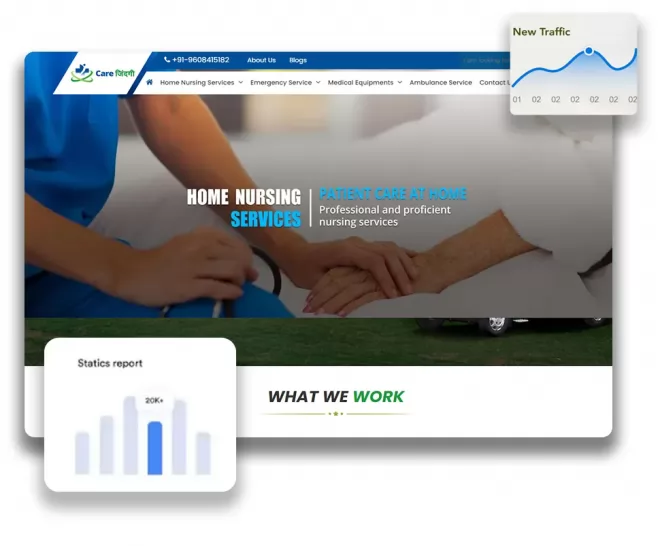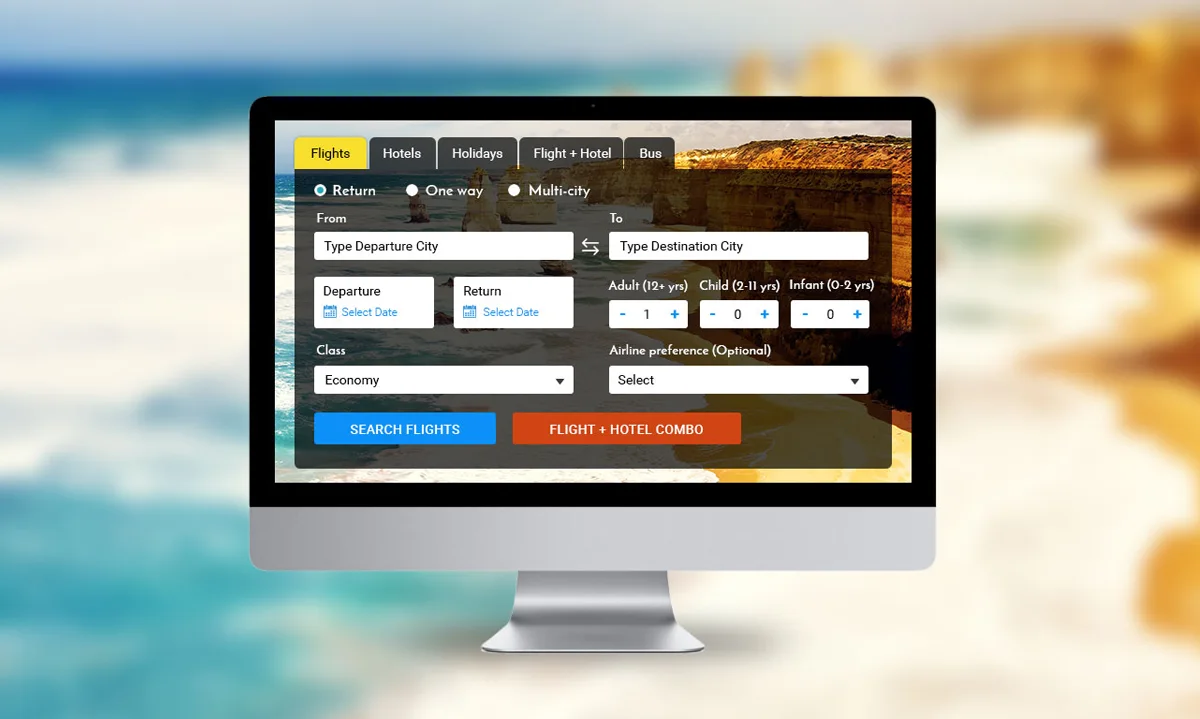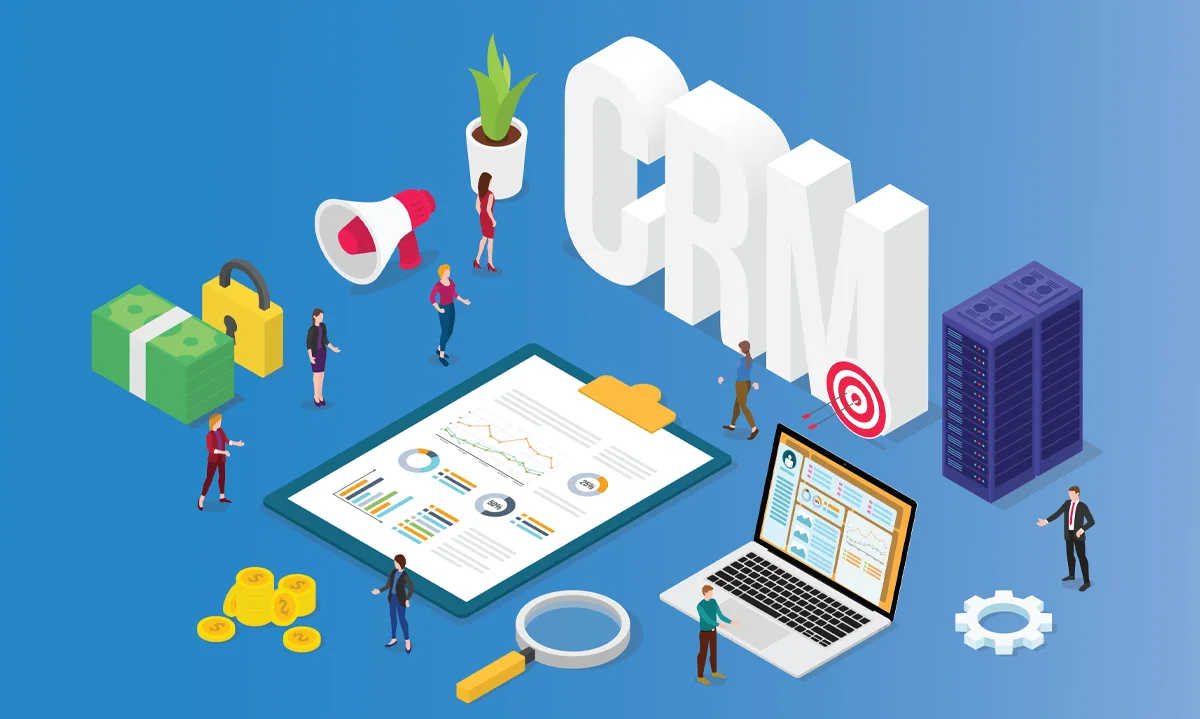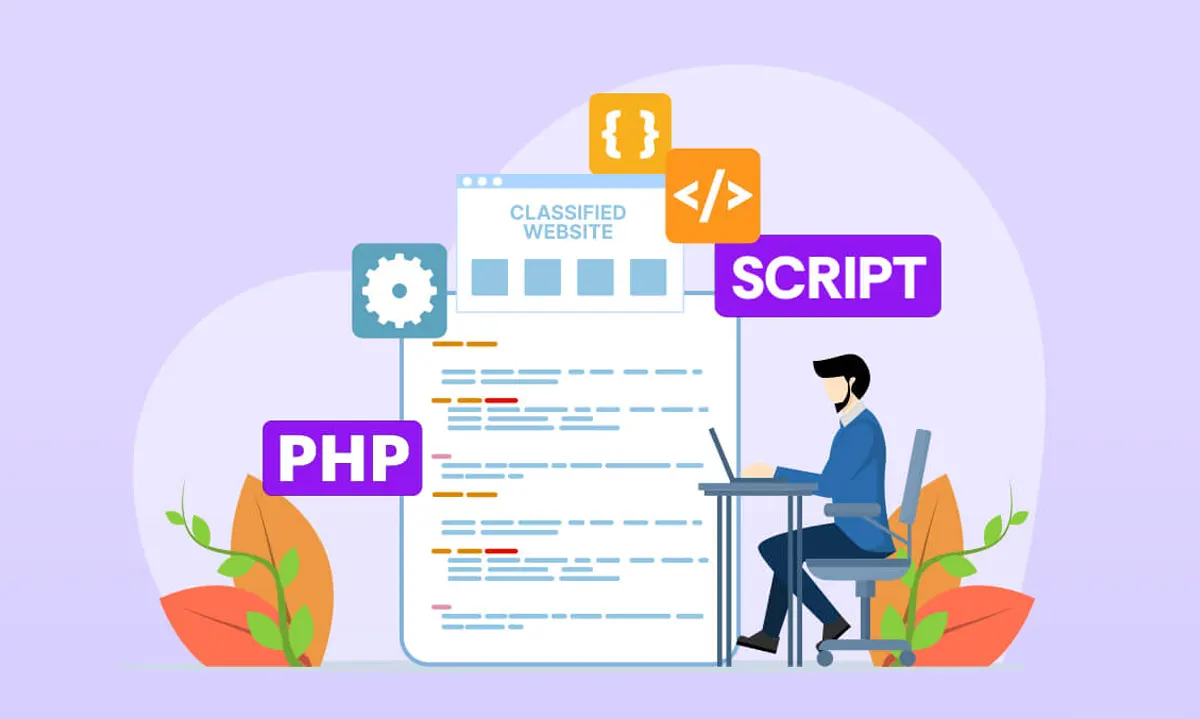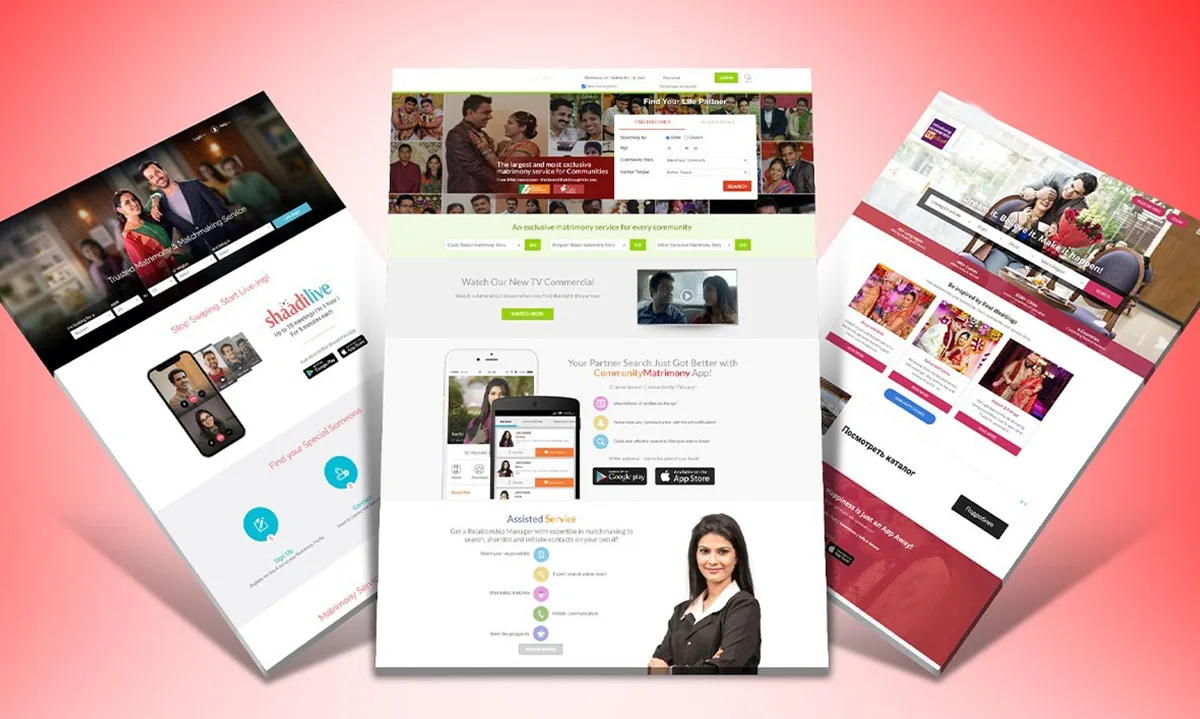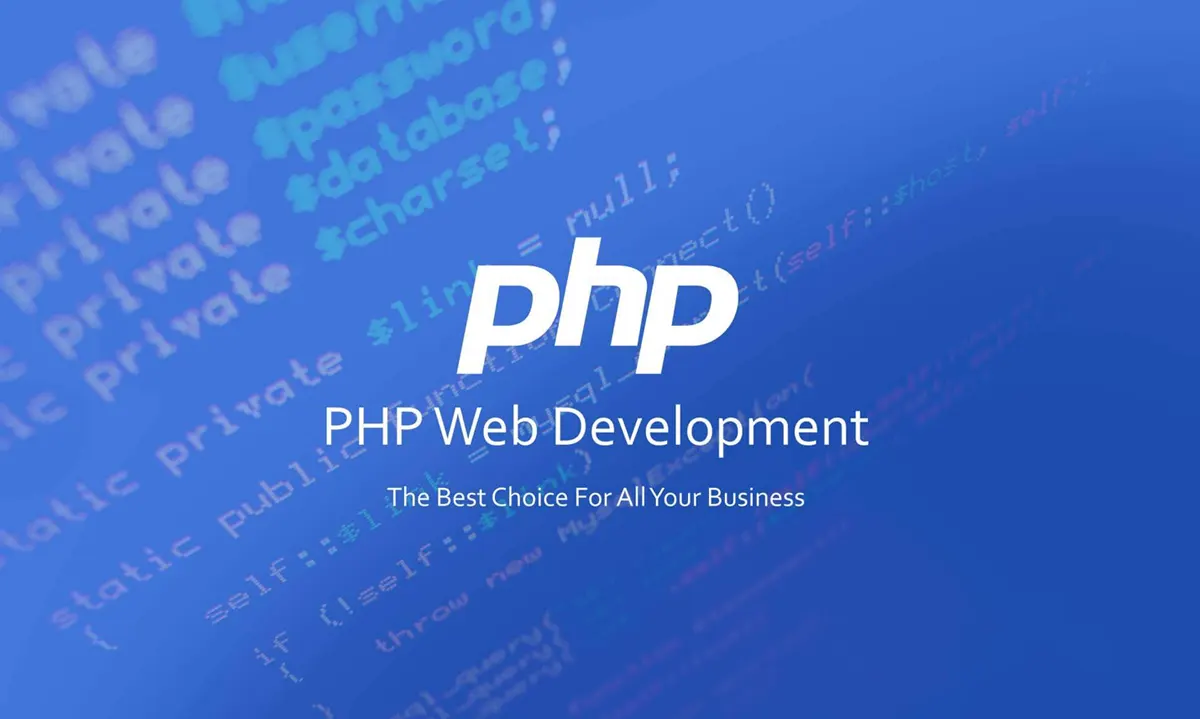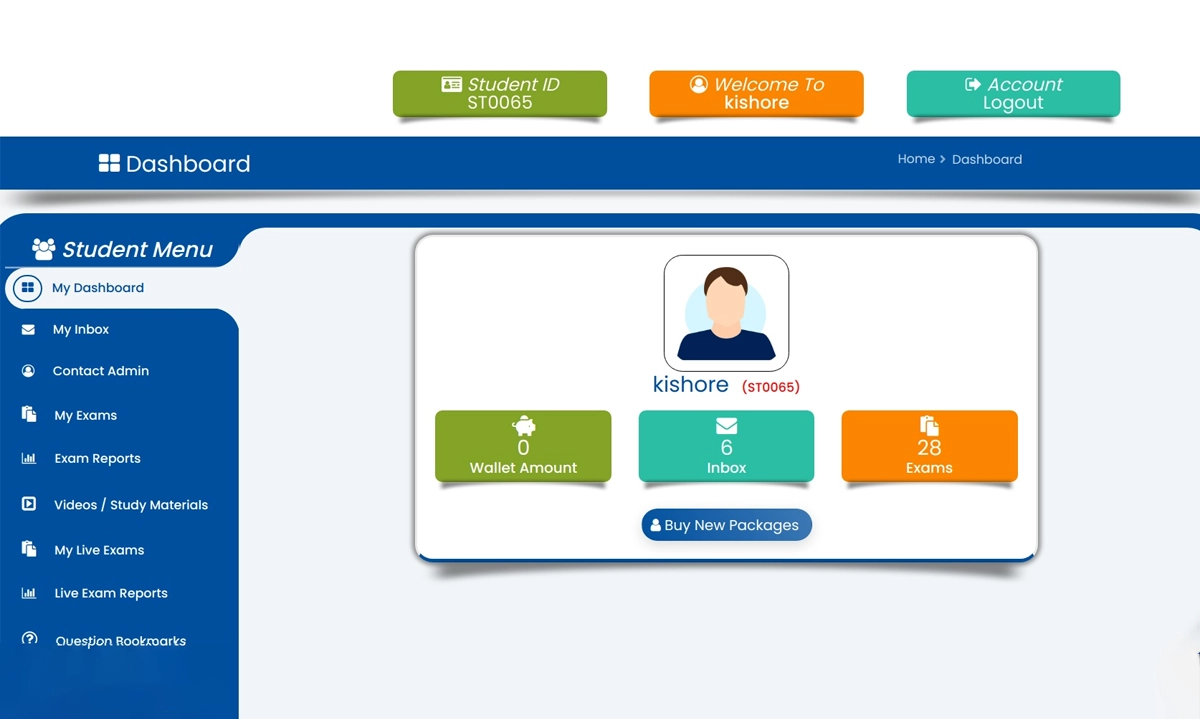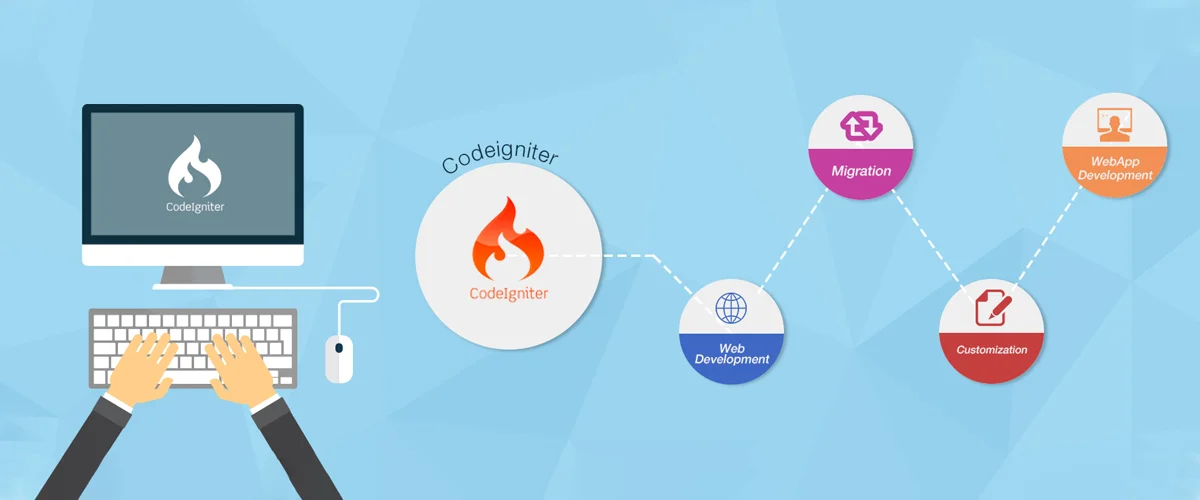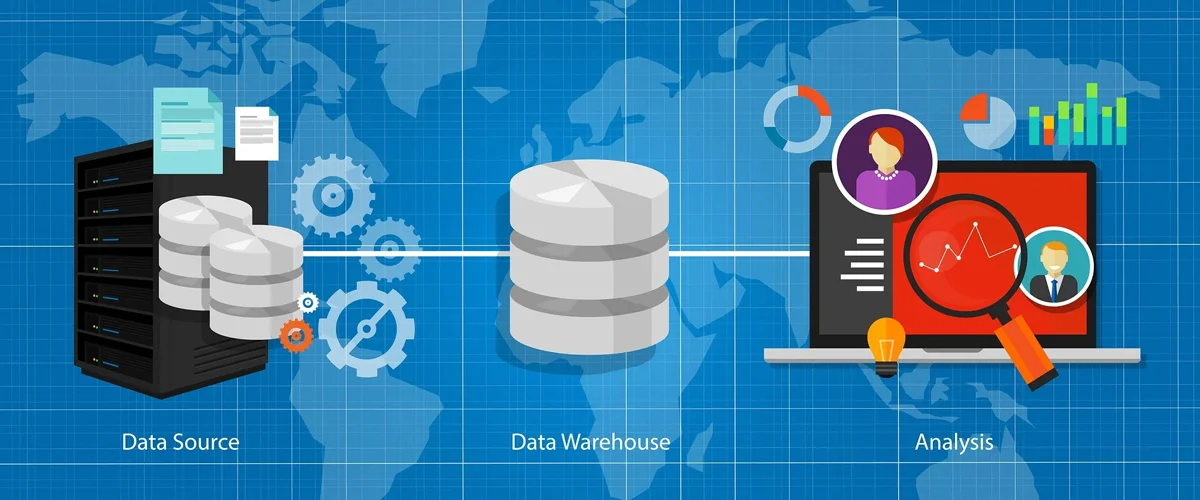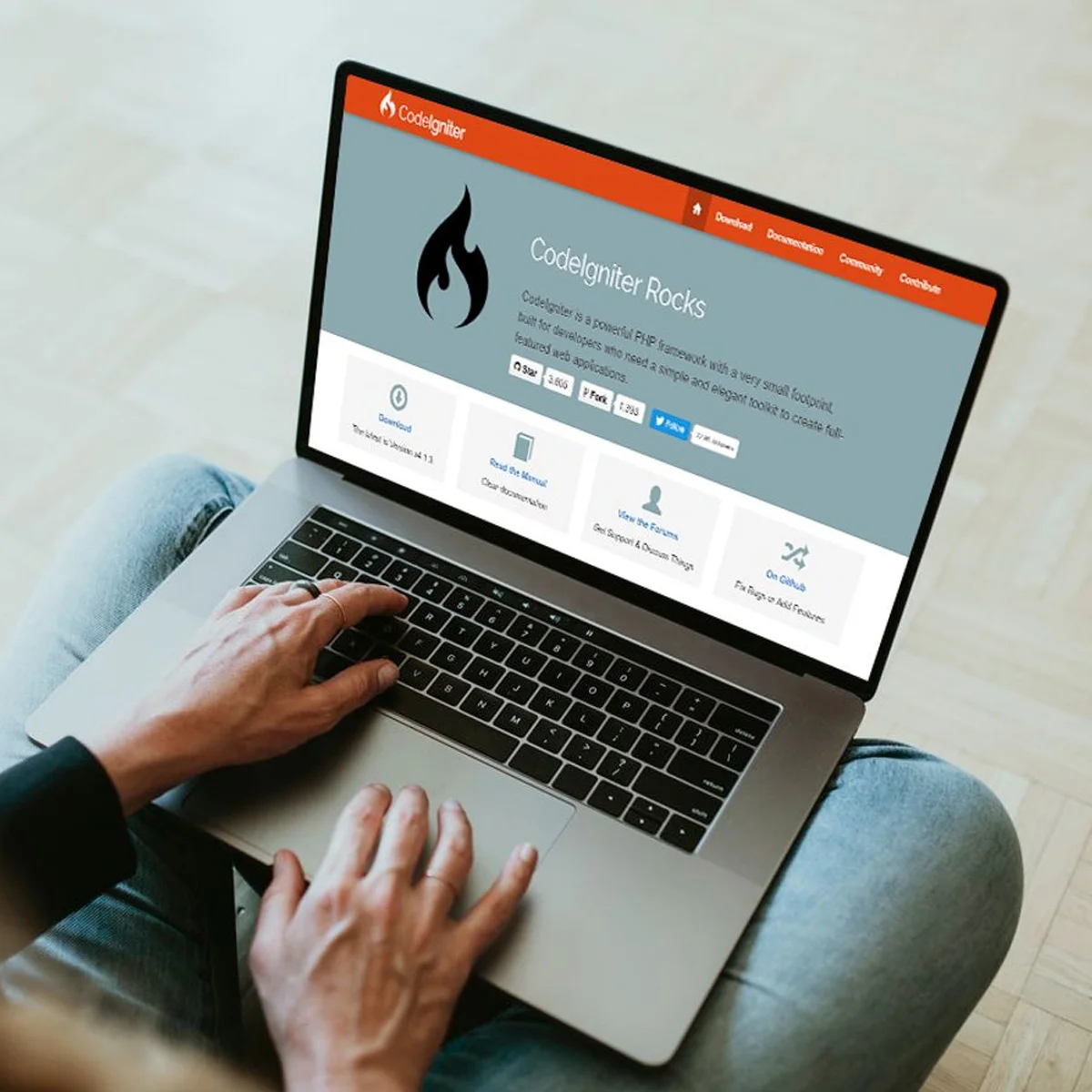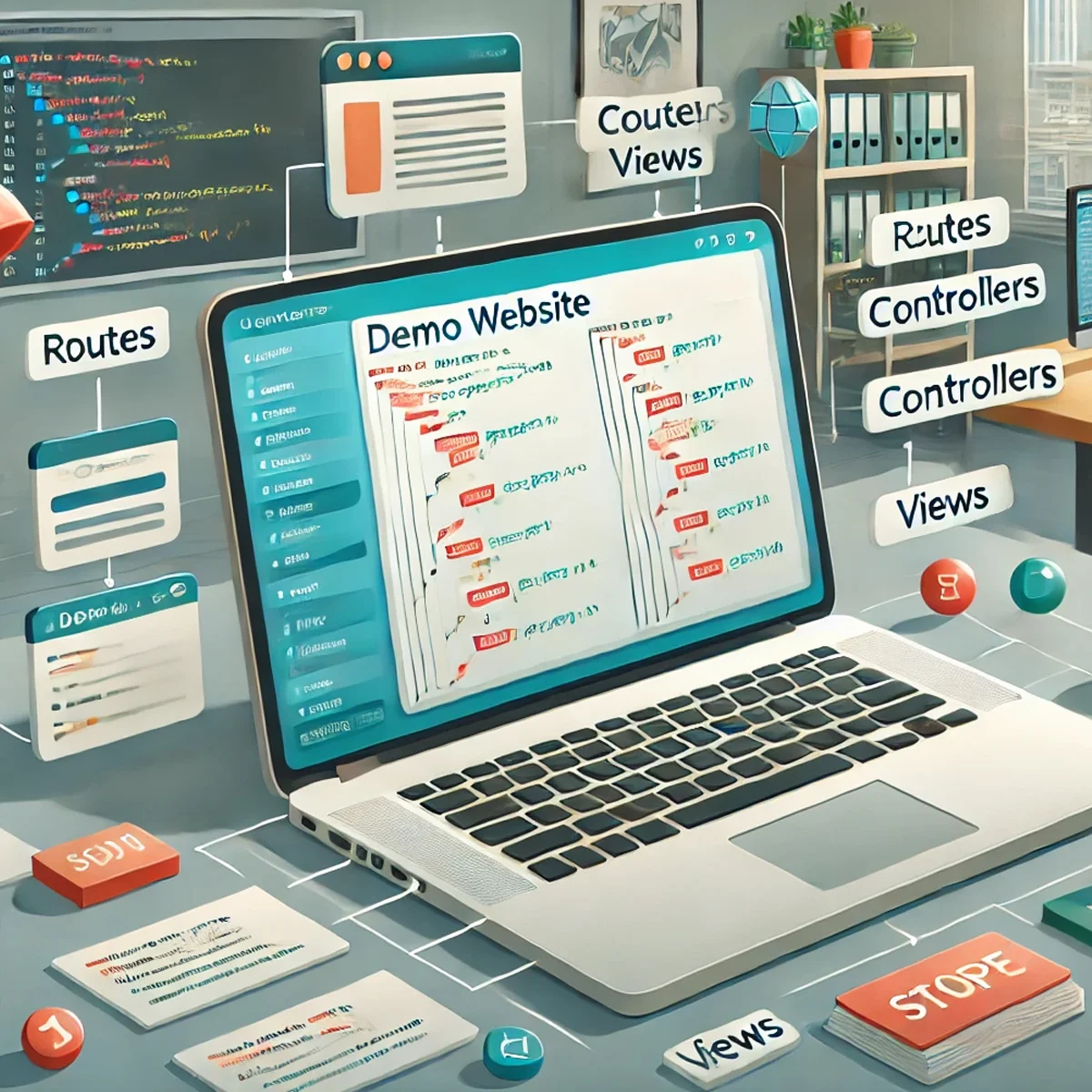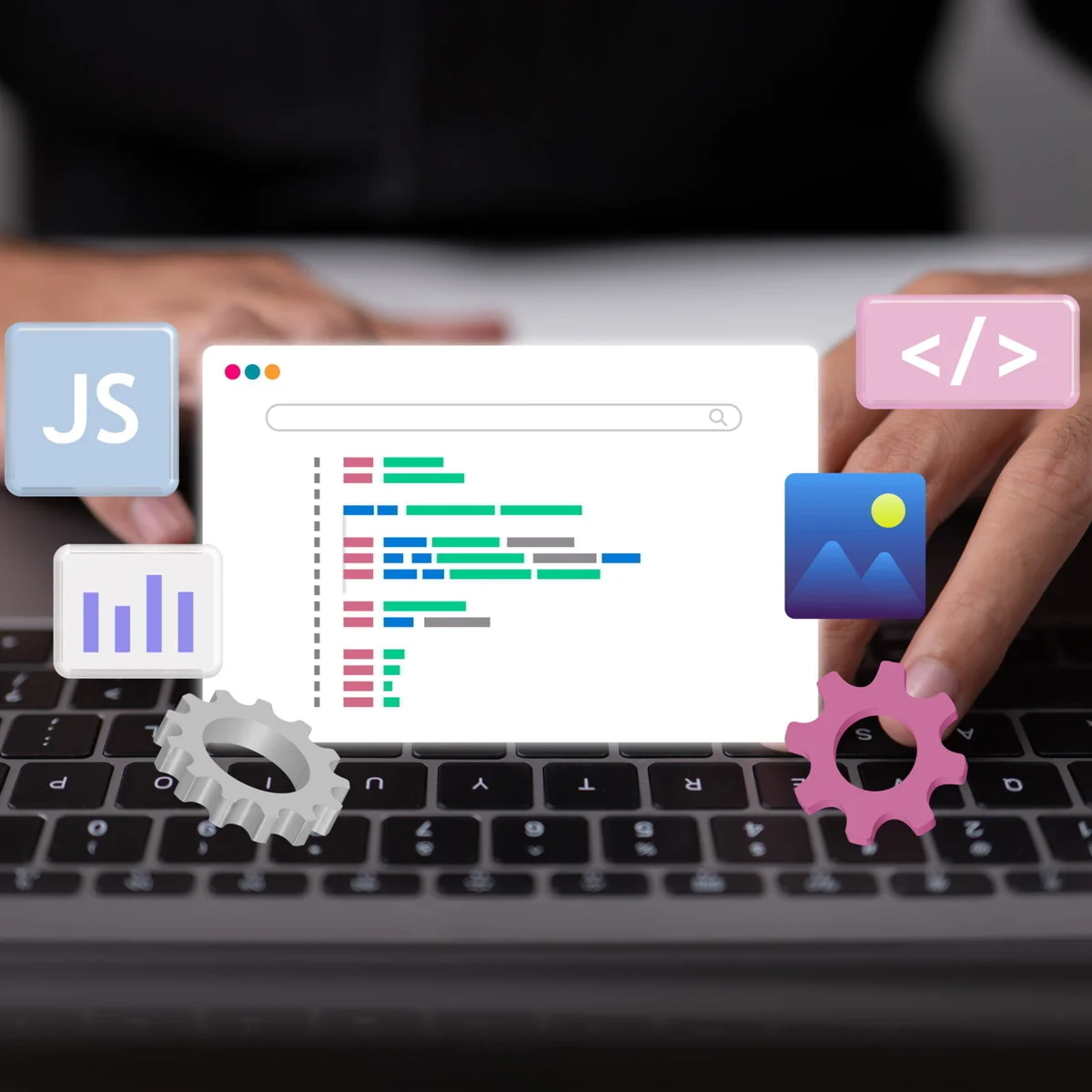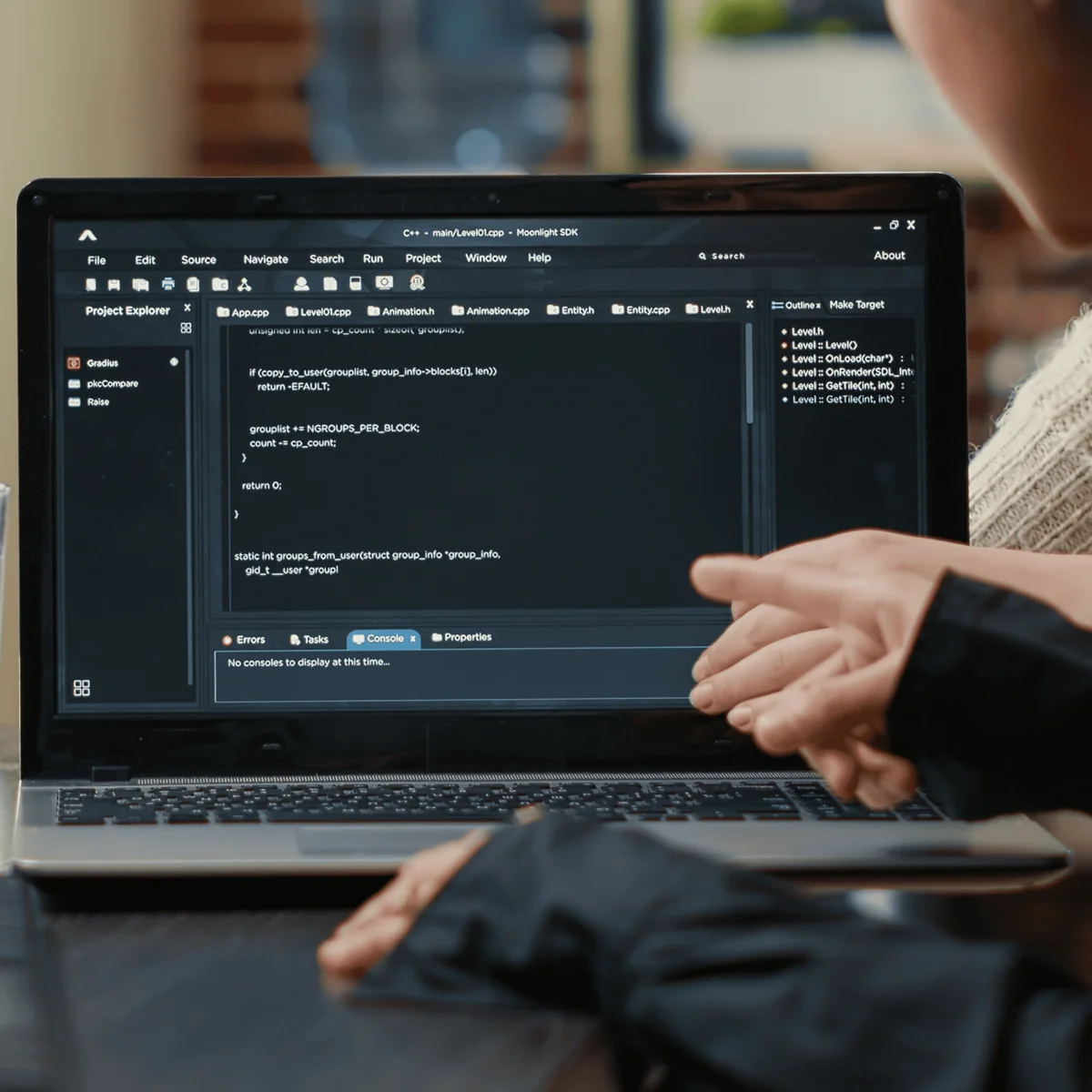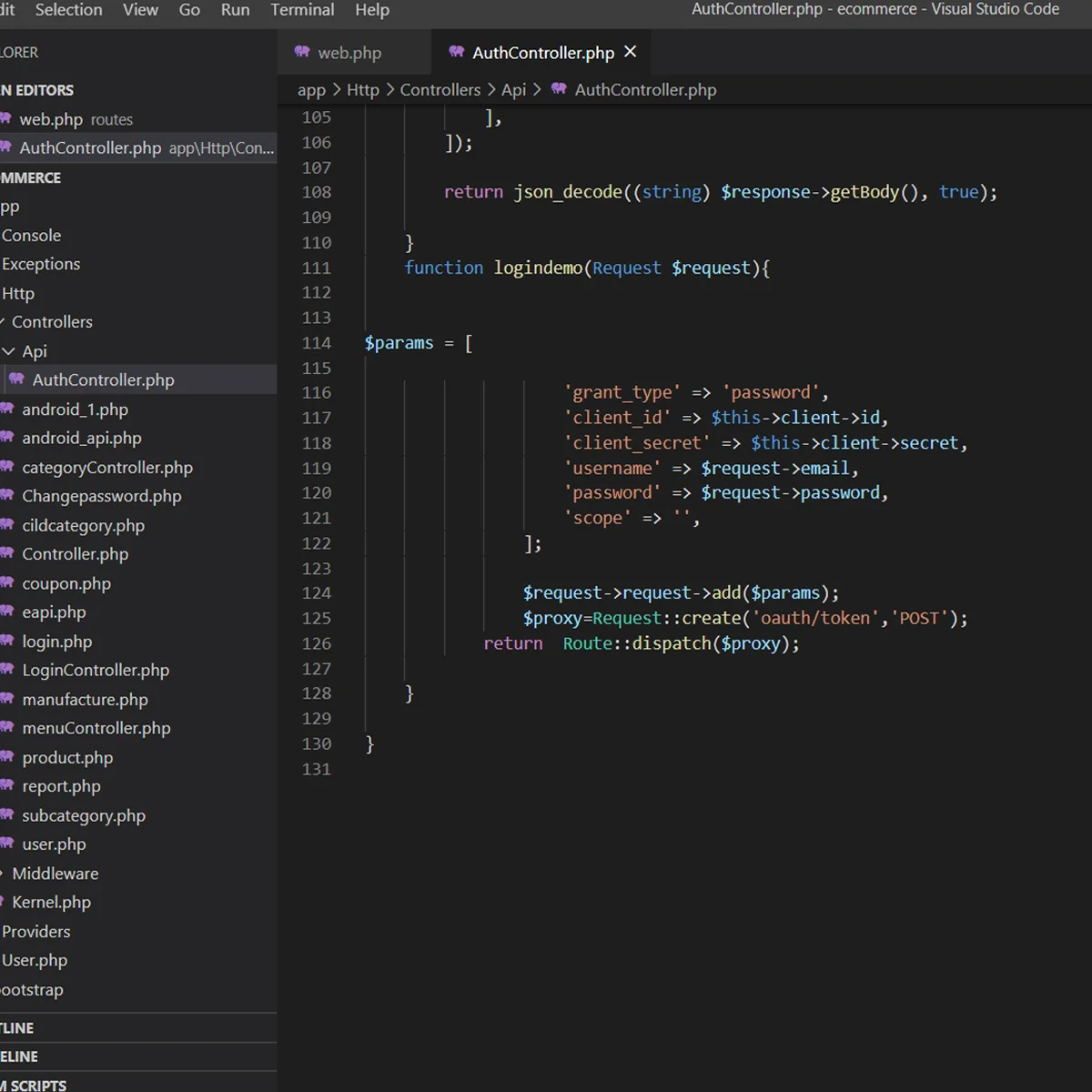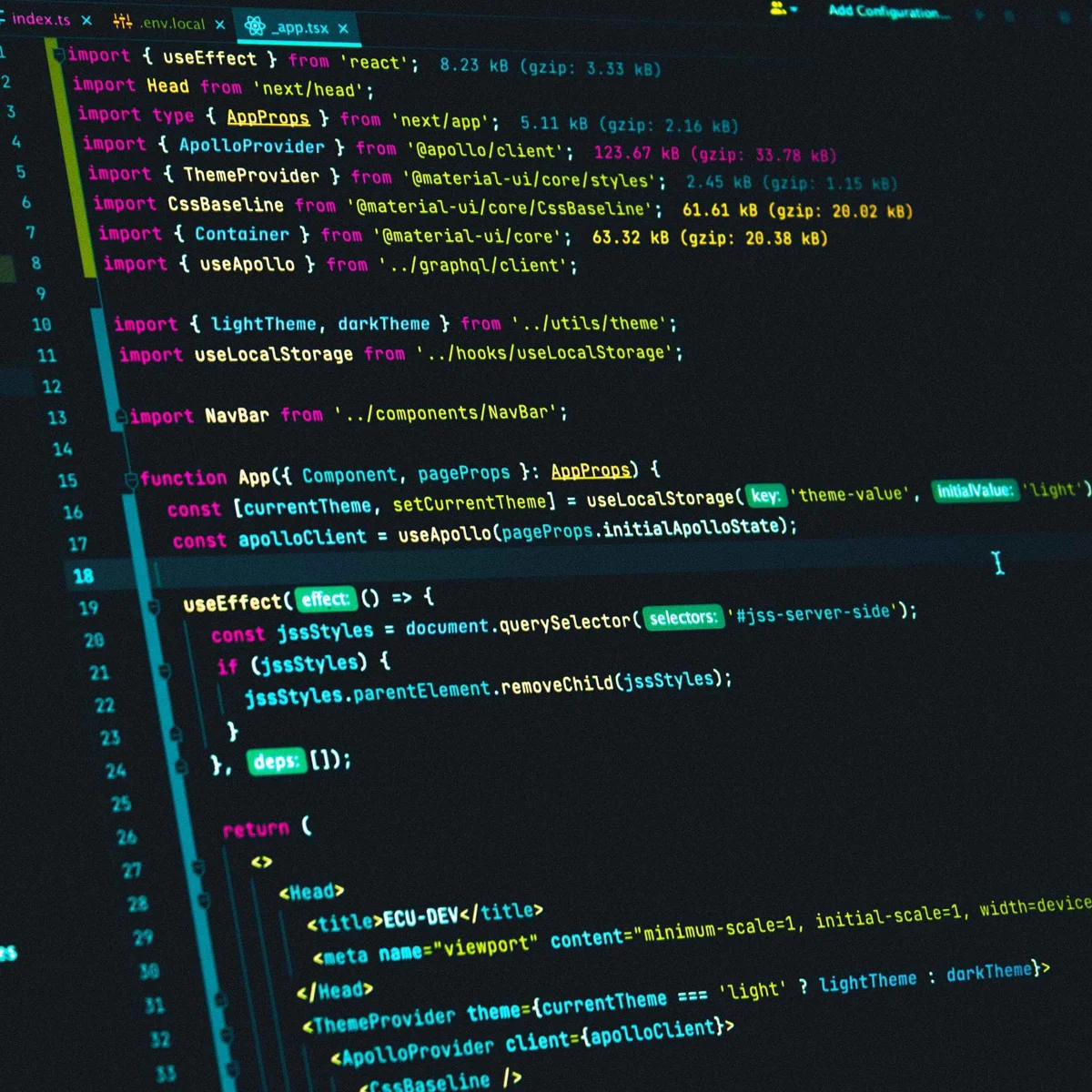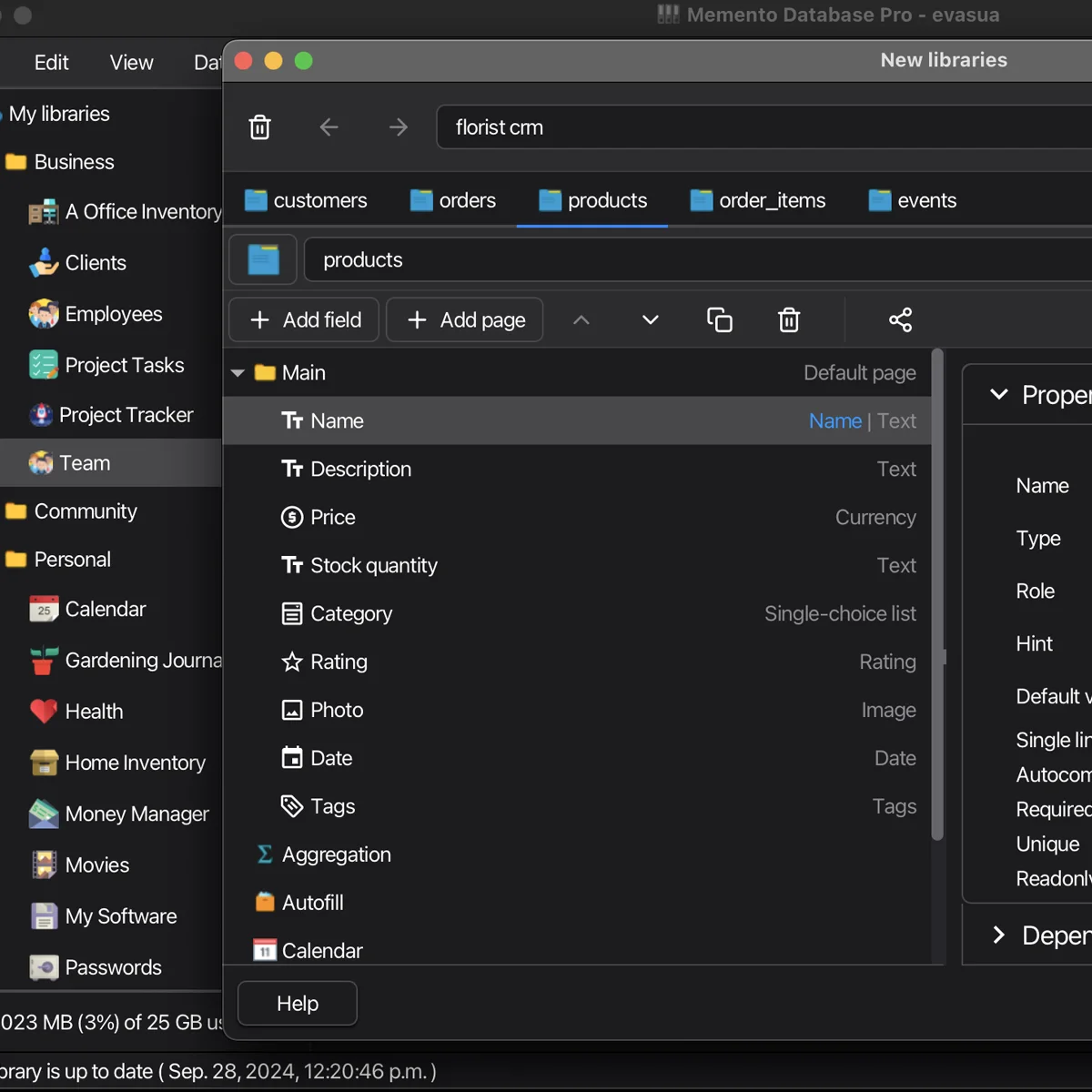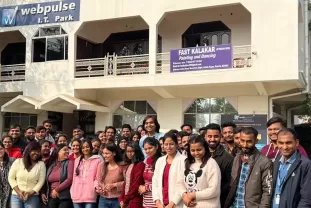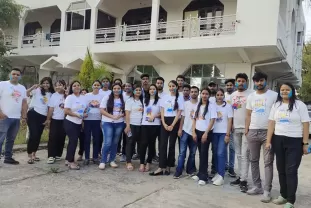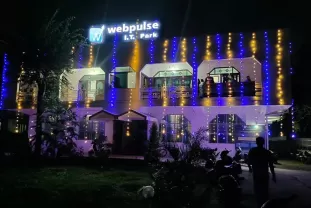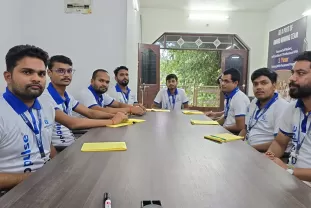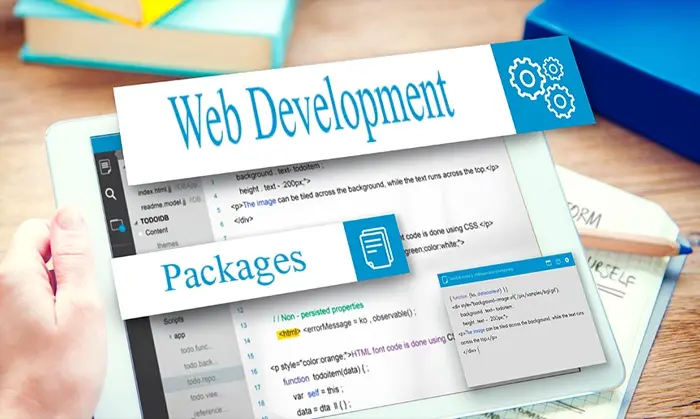Requirement Analysis
The first step in our CodeIgniter web development process is understanding the client’s business goals, technical requirements, and user expectations. We conduct in-depth discussions to analyze project scope, desired functionalities, and industry-specific needs. Our team identifies the best approach to integrate CodeIgniter’s powerful features with your business objectives. Whether it’s a dynamic website, custom web application, or eCommerce platform, we ensure a comprehensive development plan is in place. By defining key performance indicators (KPIs), security requirements, and scalability needs, we create a roadmap that guarantees a robust, high-performing web solution. This phase lays the foundation for a seamless development process, ensuring that every aspect of the project aligns with business growth and user experience goals.
Choosing the Tech Stack
Selecting the right technology stack is essential for delivering efficient CodeIgniter web applications. While CodeIgniter serves as the primary PHP framework, we carefully choose complementary technologies, including frontend frameworks like React or Vue.js, database systems like MySQL or PostgreSQL, and third-party integrations. Our goal is to create a tech stack that ensures speed, security, and scalability. We focus on optimizing server configurations, caching mechanisms, and API integrations to enhance performance. Additionally, we ensure that the chosen technologies align with the client's long-term business strategy. By leveraging the best combination of tools and technologies, we create powerful, feature-rich CodeIgniter applications that provide a seamless user experience and high functionality across all devices.
Wireframing & UI/UX Design
Before coding begins, we develop detailed wireframes and UI/UX designs to define the website’s structure, layout, and navigation flow. Our design team creates intuitive user interfaces that enhance engagement and usability. We focus on a clean, responsive design that adapts seamlessly across different devices and screen sizes. Color schemes, typography, and interactive elements are carefully chosen to align with brand identity and user preferences. By prioritizing user experience, we ensure that every interaction on the platform is smooth and efficient. Wireframing helps visualize the final product, allowing for early feedback and refinements. This step ensures that the website or application is both visually appealing and functionally optimized for user satisfaction.
Custom Code Development
Once the design is finalized, we begin the core development process using CodeIgniter’s lightweight and flexible MVC (Model-View-Controller) architecture. Our team writes clean, well-structured, and reusable code to build a scalable application. We develop custom features such as authentication systems, dashboards, data management tools, and API integrations. With CodeIgniter’s powerful libraries and built-in security features, we ensure that the application is both high-performing and secure. The modular approach of CodeIgniter allows us to add functionalities as needed without compromising the application’s efficiency. Throughout the development process, we conduct continuous testing and code reviews to maintain quality standards and optimize performance for seamless user experiences.
Database Integration
Efficient database management is crucial for dynamic CodeIgniter applications. We integrate secure and optimized databases, such as MySQL, PostgreSQL, or MongoDB, depending on project requirements. Structured query optimization ensures quick data retrieval and smooth performance. We also implement robust data validation and indexing techniques to enhance efficiency. For applications requiring high-volume transactions, we design scalable database architectures that prevent bottlenecks and ensure seamless data flow. Additionally, we focus on data security, incorporating encryption techniques and backup solutions to protect sensitive information. A well-integrated database system guarantees reliability, reduces downtime, and enhances overall application speed, making it a critical component of the CodeIgniter web development process.
Implementing Security Measures
Security is a top priority in our CodeIgniter web development process. We integrate multiple layers of protection to safeguard applications from threats such as SQL injection, cross-site scripting (XSS), and data breaches. CodeIgniter’s built-in security features, such as input filtering and CSRF (Cross-Site Request Forgery) protection, help maintain application integrity. Additionally, we implement secure authentication protocols, role-based access control (RBAC), and SSL encryption to protect user data. Regular security audits and penetration testing further strengthen the application’s defenses. By adhering to best security practices, we ensure that your CodeIgniter-powered platform remains safe from vulnerabilities, giving both users and administrators peace of mind.
Performance Optimization
Optimizing web application performance ensures fast loading speeds and seamless user interactions. Our team implements caching mechanisms such as Redis and Memcached to enhance data retrieval speeds. We also optimize images, minify CSS and JavaScript files, and use asynchronous loading techniques to improve responsiveness. CodeIgniter’s lightweight architecture helps maintain efficiency, but we further enhance performance by refining database queries and reducing server load. Content Delivery Networks (CDNs) are integrated to distribute content globally, ensuring faster access for users worldwide. With a focus on speed and reliability, our performance optimization strategies ensure that your CodeIgniter application delivers an exceptional user experience without lag or downtime.
Third-Party API Integration
To enhance the functionality of CodeIgniter applications, we integrate third-party APIs tailored to business needs. Whether it’s payment gateways like PayPal and Stripe, CRM tools like HubSpot, or analytics platforms like Google Analytics, our seamless API integrations improve efficiency. We also implement social media authentication, SMS notifications, and cloud storage solutions to enhance user engagement. CodeIgniter’s flexibility allows us to connect external services effortlessly while ensuring security and data integrity. By integrating powerful APIs, we streamline operations, automate processes, and enhance overall functionality, enabling businesses to offer more value to their customers and optimize internal workflows.
Testing & Quality Assurance
Before launching a CodeIgniter web application, we conduct extensive testing to ensure its reliability, security, and performance. Our quality assurance (QA) team performs functional, usability, compatibility, and security testing across different browsers and devices. Automated and manual testing strategies identify and fix bugs, improving stability. Load testing ensures that the application performs efficiently under heavy traffic. Security audits are conducted to detect vulnerabilities and reinforce protection against cyber threats. User acceptance testing (UAT) ensures that the final product meets business requirements. A thorough QA process guarantees a flawless user experience, making the application robust, scalable, and ready for deployment.
Deployment & Maintenance
Once testing is complete, we deploy the CodeIgniter application on a secure server, ensuring smooth performance and accessibility. We set up monitoring tools to track real-time user activity, performance metrics, and potential errors. Our post-launch support includes regular updates, security patches, and performance optimizations. As business needs evolve, we offer continuous maintenance services to add new features and improve functionality. Regular backups and system monitoring ensure minimal downtime and maximum efficiency. With dedicated technical support, we ensure that your CodeIgniter-powered web application remains secure, scalable, and aligned with your long-term business objectives.



